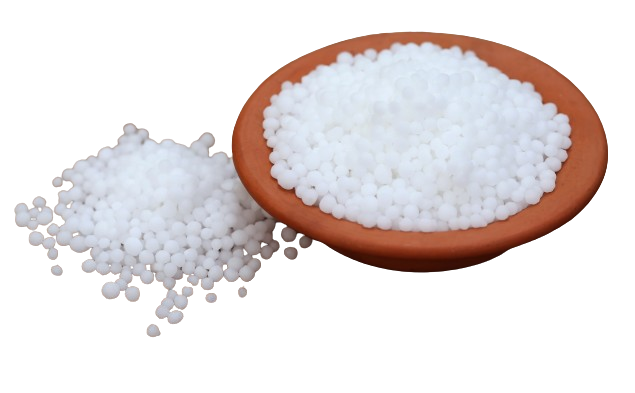Urea
Home » Urea
Gem Chemicals
Urea

Urea
Urea, also known as carbamide, is an organic compound with the chemical formula CO(NH₂)₂. It is a widely used chemical in various industries, primarily in agriculture and chemical manufacturing.
Urea is produced industrially through the reaction of ammonia and carbon dioxide. The overall reaction can be represented as: 2NH3+CO2→(NH2)2CO+H2O
Agriculture
- Fertilizer: Urea is one of the most important nitrogenous fertilizers, providing essential nutrients to crops.
- Animal Feed: Used as a protein supplement in animal feed, especially for ruminants.
Chemical Industry:
- Raw Material: Serves as a feedstock for the production of various chemicals such as urea-formaldehyde resins and melamine.
- Diesel Exhaust Fluid (DEF): Used in selective catalytic reduction (SCR) systems to reduce nitrogen oxide emissions from diesel engines.
Medical Use:
- Dermatology: Incorporated into creams and ointments for its hydrating properties, treating dry skin conditions.
- Diagnostic Tests: Utilized in urea breath tests for the detection of Helicobacter pylori infections.
Textile and Paper Industry:
- Textile Processing: Employed in dyeing and printing processes as a moisture-retaining agent.
- Paper Production: Used in the manufacture of certain types of paper and adhesives.
Explosives:
- Stabilizer: Plays a role in the production of urea nitrate, an explosive compound.
Handling and Safety
- Skin and Eye Irritation: Can cause mild irritation upon contact with skin and eyes.
- Inhalation Risk: Inhaling urea dust may cause respiratory irritation, including coughing and shortness of breath.
- Proper Storage: Should be stored in a cool, dry place, away from moisture and incompatible substances such as strong acids and oxidizing agents.
By following these guidelines and understanding the applications and safety measures, urea can be effectively and safely used in various industrial processes.




